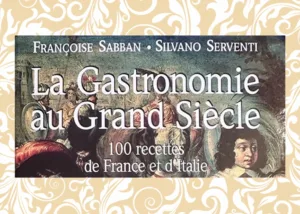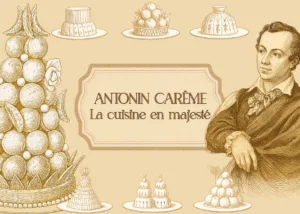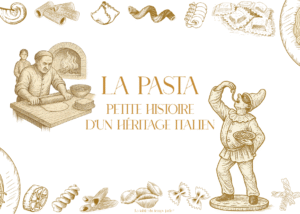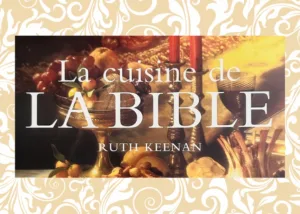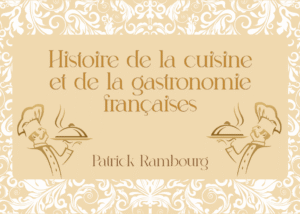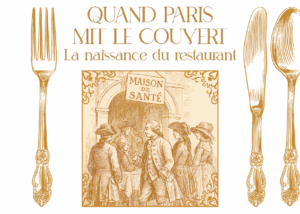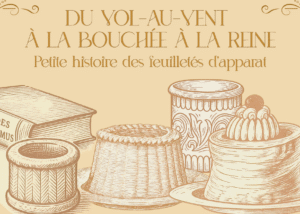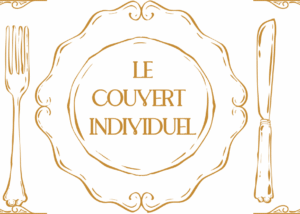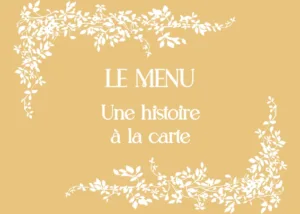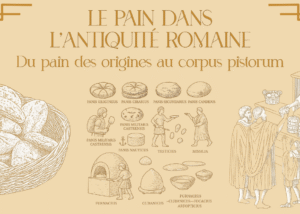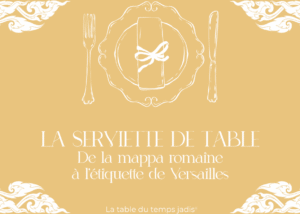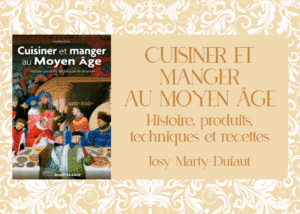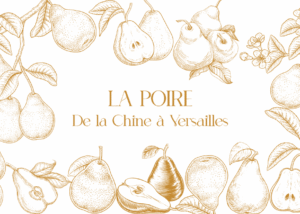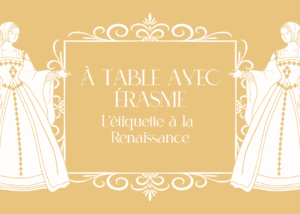Ruth Keenan's Bible Kitchen
Between sacred stories and festivals of yesteryear

In the Bible kitchen , Ruth Keenan reveals another reading of the Old Testament : a culinary fresco, where dishes accompany revelations, exiles, loves and alliances.
A tasty, scholarly work, imbued with deep respect for texts.

At origins, nourishing harmony
Written by Ruth Keenan and prefaced in 1995, the cuisine of the Bible adopted a singular approach: to explore, through the accounts of the Old Testament , the place of food in the spiritual and daily life of the ancient biblical peoples. The author grew up to the rhythm of the founding stories, which she received from childhood in all their symbolic strength. It does not pretend to reconstruct the meals of the time, but rather evoke their atmosphere , by offering simple and evocative menus, inspired both texts and the Mediterranean imagination.
In the first chapter dedicated to the Garden of Eden , food harmony is emerging: men and animals feed on plants. This original project is based on natural abundance, the separation of roles and the idea that creation provides for everyone. The author relies on this vision to lay the foundations of her book. Through a careful reading and marked with respect, it recalls how food in the Bible is linked to the order of the world, to the peace of species, to the right sobriety . Each chapter of the book follows a clear structure: an episode of the Old Testament, then a menu inspired by the products and symbols of the story.

After the flood: between permission and restriction
The book of Genesis rocks with the flood: the earth is ravaged, the landmarks are to be rebuilt, and the rules change. For the first time, the man receives authorization to consume meat . But this permission is not without limit: it is forbidden to consume blood , symbol of life. The work underlines this moment of tension , between necessity and sacredness. In filigree, it brings out the thought of a world where the act of eating is never neutral. Consumption becomes a spiritual , framed gesture, bearers of responsibility.
Through the proposed menus, it translates this mutation: more wealth in dishes, a more visible place of meat, but always this requirement of respect, this discreet gravity in preparation and tasting.

Stories and feasts: when food becomes memory
Each chapter of the kitchen of the Bible is attached to a striking episode of the Old Testament and offers a culinary reading . The account of Esau giving in its birth right for a soup of red lenses becomes the starting point of a simple and nourishing recipe, where the taste of the immediate triumph over wisdom. The reconciliation meal between Joseph and his brothers gives rise to a banquet of sweet and savory dishes, inspired by oriental generosity. The story also evokes the loves of David and Bethsabée , the greatness of Solomon or the exit from Egypt, each transposed into an evocative menu , subtly composed from the ingredients cited in the texts.
From the “taste of sin” to the “scandal galettes”, the titles of the chapters bear witness to a sensitive and literary look, but always respectful. Through these culinary rereadings, it restores the narrative power of the dishes : eating is to remember, celebrate, transmit.

Timeless Mediterranean cuisine
By browsing this book, we discover how lively biblical cuisine Figs, grenades, lamb, olive oil, honey, fresh herbs: the ingredients have not changed. This is, perhaps, the most subtle richness of this work. Without ever giving in to pure archeology, the author composes dishes anchored in the Mediterranean , familiar but loaded with meaning.
Ruth Keenan shows us that the cuisine of the origins is not frozen: it is still dialing with our contemporary tables. Each recipe becomes a bridge between past and present , between sacred and daily. This modern resonance gives its book a singular tone: that of a living, embodied, gourmet tradition, ready to be shared. .
With finesse and deference, the Bible cuisine gives life to the texts of the Old Testament. The author does not write a simple book of recipes, but a crossing of time by the senses . Without ever pretending to comment on the Scriptures, Ruth Keenan offers a respectful and sensitive reading of the great stories, reminding us that the table , in the Bible, is always a place of memory , rite and humanity .

Find other blog articles
Find other blog articles



